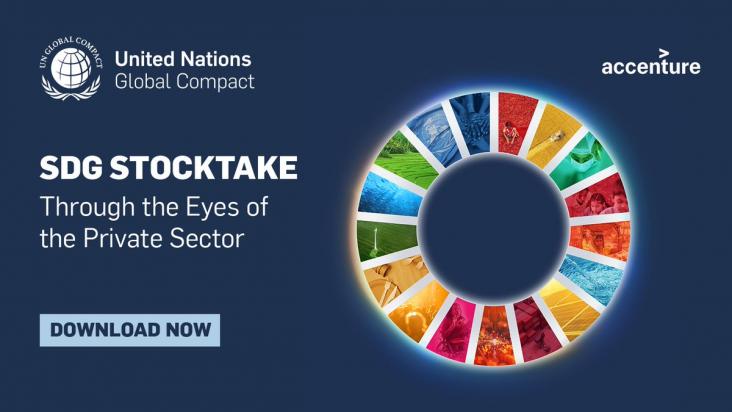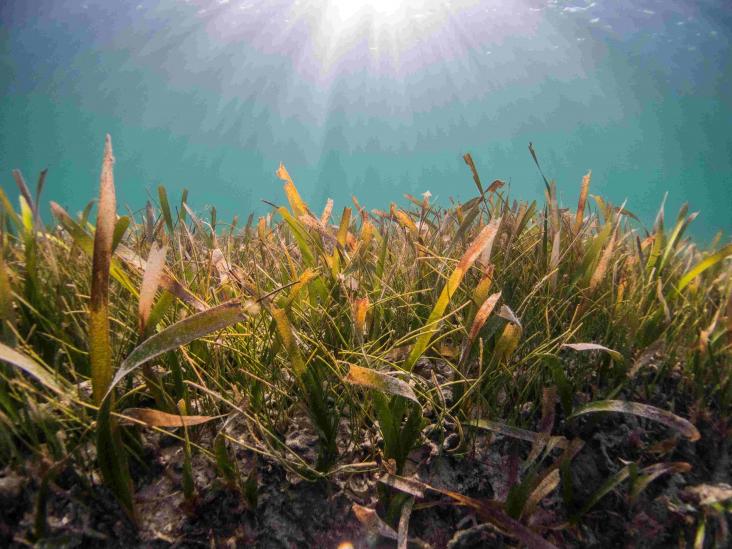Illegal Wildlife Trade (IWT) is among the most lucrative illegal industries in the world and is a significant driver of biodiversity decline. This paper outline the basics of IWT and discuss its cascading consequences on environments, human lives and communities, national stability, and the economy.
The paper underscores the urgency of addressing climate change's impact on biodiversity through transboundary conservation efforts, offering guidelines for designing climate-smart marine protected area (MPA) networks in regions like the California Bight, highlighting the need for international coordination to ensure effective protection and adaptation strategies for vulnerable species and ecosystems.

The United Nations Global Compact-Accenture Global Private Sector Stock take report report offers an appraisal of private sector contributions to the SDGs so far and outlines a clear pathway for private sector action over the next seven years.
This chapter advances the UN SDG goals 14 and 15 by discussing conservation efforts for mammals, which particularly focus on habitat protection and direct protection. Mammals are often treated as flagships for the rest of biodiversity conservation.
This chapter advances the UN SDG goals 13 and 14 by reviewing the biodiversity of sea cucumber species and the ways in which changing climates and habitats have influenced their biogeographies.
The annual UN Climate Change Conference advances climate talks, mobilizes action, and can provide a significant opportunity to look at the impacts of climate change as well as innovation and solutions globally. Elsevier is pleased to highlight a large number of freely accessible journal articles and book chapters to help advance research and action against climate change, in support of COP28.
Elsevier,
Comparative Biochemistry and Physiology -Part A : Molecular and Integrative Physiology, Volume 284, October 2023
This article advances SDG # 14 by investigating the impact aerobic swimming exercise in fish has on improving robustness of some species and the importance of establishing suitable rearing conditions to improve the welfare of cultured fish.

The UN Global Compact Network UK, in partnership with Irwin Mitchell, has developed the SDG Playbook for SMEs: a step-by-step guide to help smaller companies unlock the competitive advantages associated with embracing the Sustainable Development Goals.
This chapter advances the UN SDG goals 13 and 14 by reviewing the impact of habitat degradation on local biodiversity and species invasions, particularly in the context of climate change and shifting habitat ranges.

